Felice Carena. Living in Painting is the title of the exhibition dedicated to painter Felice Carena (Turin, 1879 - Venice, 1966), a leading figure in the Italian twentieth-century art scene, which will be held at Palazzo Medici Riccardi in Florence from Oct. 17, 2024 to Feb. 16, 2025. Promoted by the Metropolitan City of Florence and organized by MUS.E, the exhibition is curated by Luigi Cavallo and Elena Pontiggia, and gives a retrospective on the artist’s life and work. The exhibition, the brainchild of Magda Grifò, the artist’s great-granddaughter, and coordinated by Valentina Zucchi, scientific director of Palazzo Medici Riccardi, focuses on the period Carena spent in Florence, from 1924, when he was called to teach at the Accademia di Belle Arti, until 1945, when he moved to Venice, where he lived until his death in 1966.
The exhibition features more than 50 works, many of them previously unpublished and from the family collection, alongside loans from important public and private institutions such as the Bank of Italy, the Giorgio Cini Foundation in Venice, the Uffizi Galleries, the National Gallery of Modern and Contemporary Art in Rome, the Museo del Novecento in Milan and the Civic Museum of Modern and Contemporary Art in Anticoli Corrado. Running parallel to the exhibition at Palazzo Medici Riccardi will be Felice Carena. Painter and Master at theFlorence Academy of Fine Arts, which can be visited from Oct. 17 to Nov. 21, 2024 at theFlorence Academy of Fine Arts. The initiatives celebrate the centenary of Carena’s entry into the Florentine Academy, consecrating 2024 as a “Carenian year.” The two decades Carena spent in Florence were decisive for his career, marked by awards such as a solo exhibition at the Venice Biennale in 1926, a solo exhibition at the first Roman Quadriennale in 1931, and the prestigious Carnegie Prize in Pittsburgh in 1929. In 1933 he was appointed Academician of Italy and president of the Academy of Fine Arts in Florence. He also participated in the Second Exhibition of the Novecento Italiano in 1929 and in numerous international exhibitions, bringing his art to the attention of an ever-widening public. Among his most notable collaborations were with the Maggio Musicale Fiorentino as set designer between 1935 and 1943, and his solo exhibition at the 1940 Venice Biennale, where he received the Grand Prize for painting. During these years, the artist produced some of his most famous works, such as Susanna of 1924 and the monumental The School of 1928, milestones in his career and artistic life.
The exhibition, structured thematically, is divided into six sections. It opens with a group of family portraits, some of them unpublished and from heirs, which Carena kept for himself. The section also includes a series of self-portraits that reflect deep introspection, expressing a personal analysis of great intensity. In them, the artist combines an obvious physiognomic recognizability with a profound psychological investigation, masterfully modulating feelings of tenderness, as in the case of the painting Donatella writing from 1933, and truth, two aspects that run through his entire production.
The second section is devoted to still lifes and flowers, subjects favored by Carena since the 1910s. Through the themes, the artist explores the chromatic form and structure of the image, investigating how light and shadow shape the composition and how the simplicity of the elements can convey a narrative in which painting is the real protagonist. Still lifes become for Carena an opportunity for introspection and dialogue with his own inner world. The works from the Florentine period between 1924 and 1944 are characterized by rich, compact colors, in contrast to those created after his move to Venice in 1945, which show a different lightness. In the third section, La quiete (The Stillness), one of the masterpieces of Carena’s classical phase, stands out, along with La scuola ( The School ) of 1928, made four years after he began his tenure at the Accademia di Belle Arti in Florence. The artist emphasizes that art is not simply an instinctive gesture, but a craft founded on dialogue with the great masters of the past. An example of this approach is The Self-Portrait in the Studio of 1933, where symbolic elements such as a sketch of a Pieta appear, and in a reference to Courbet ’sAtelier . The fourth section focuses on the concept of existential theater, in contrast to the idyllic and bucolic vision of Arcadian figures that Carena painted in other works. The artist stages a set of enigmatic episodes, suspended in time, in which the humanity of the characters and the energy of the brushstroke merge. The protagonists, observed and at the same time observers, seem to live in a Pirandellian universe, where the boundary between reality and representation dissolves. The fifth section of the exhibition focuses on the human figure, a recurring theme in Carena’s painting. Two elements converge in this choice: on the one hand, the poetics of the Return to Order, with the rediscovery of classical ideals between the two wars; on the other, the profound sense of humanity that runs through all his work. The last section, devoted to sacred subjects, reveals a fundamental aspect of Carena’s painting: his profound spirituality, where the pictorial material becomes a means of expressing spiritual values. In Carena’s religious works, there is no separation between spirit and body, image and truth, as the artist constantly seeks to transform matter into light, giving his creations a superior and universal, almost pantheistic dimension. The exhibition will be accompanied by a catalog published by Edifir.
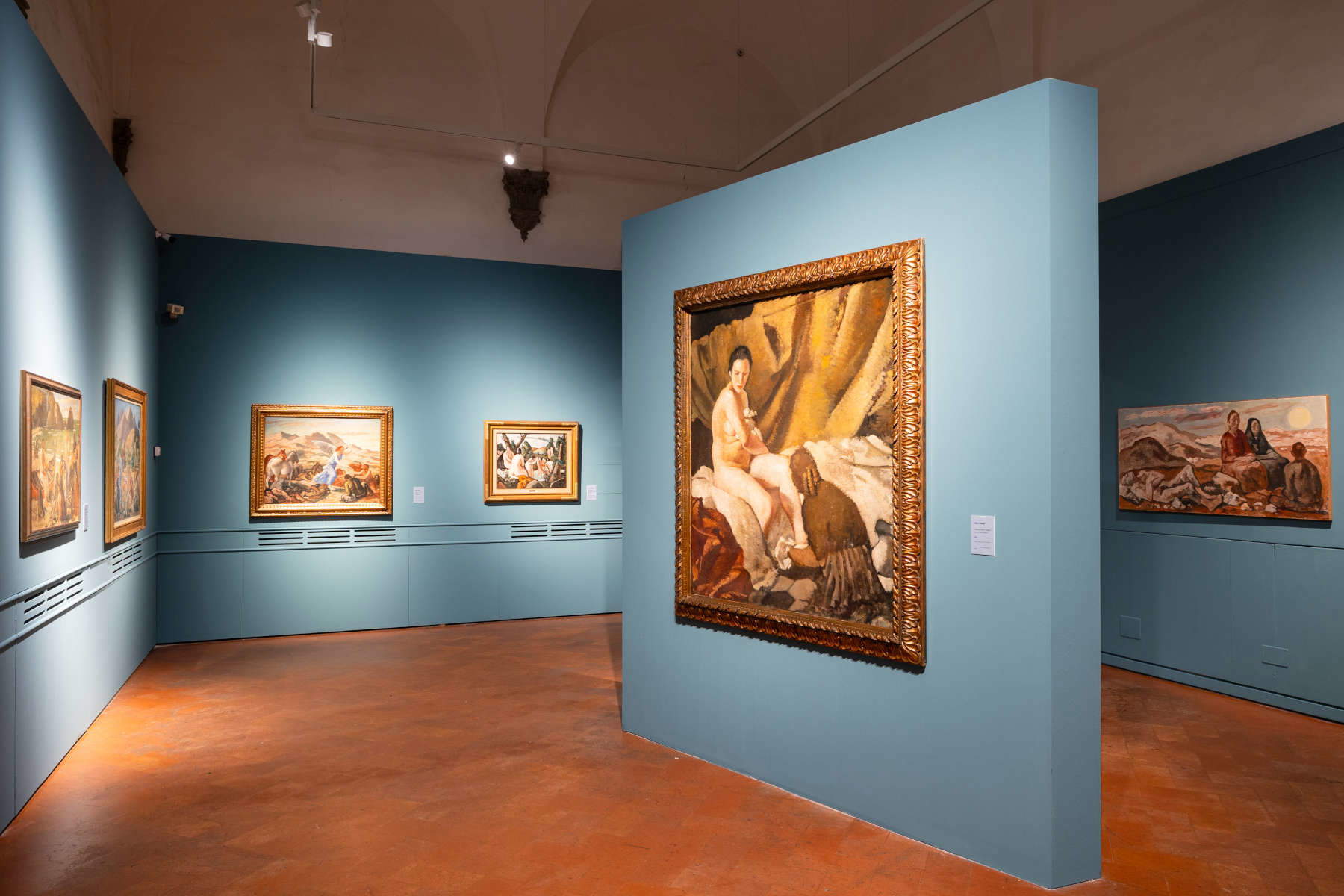
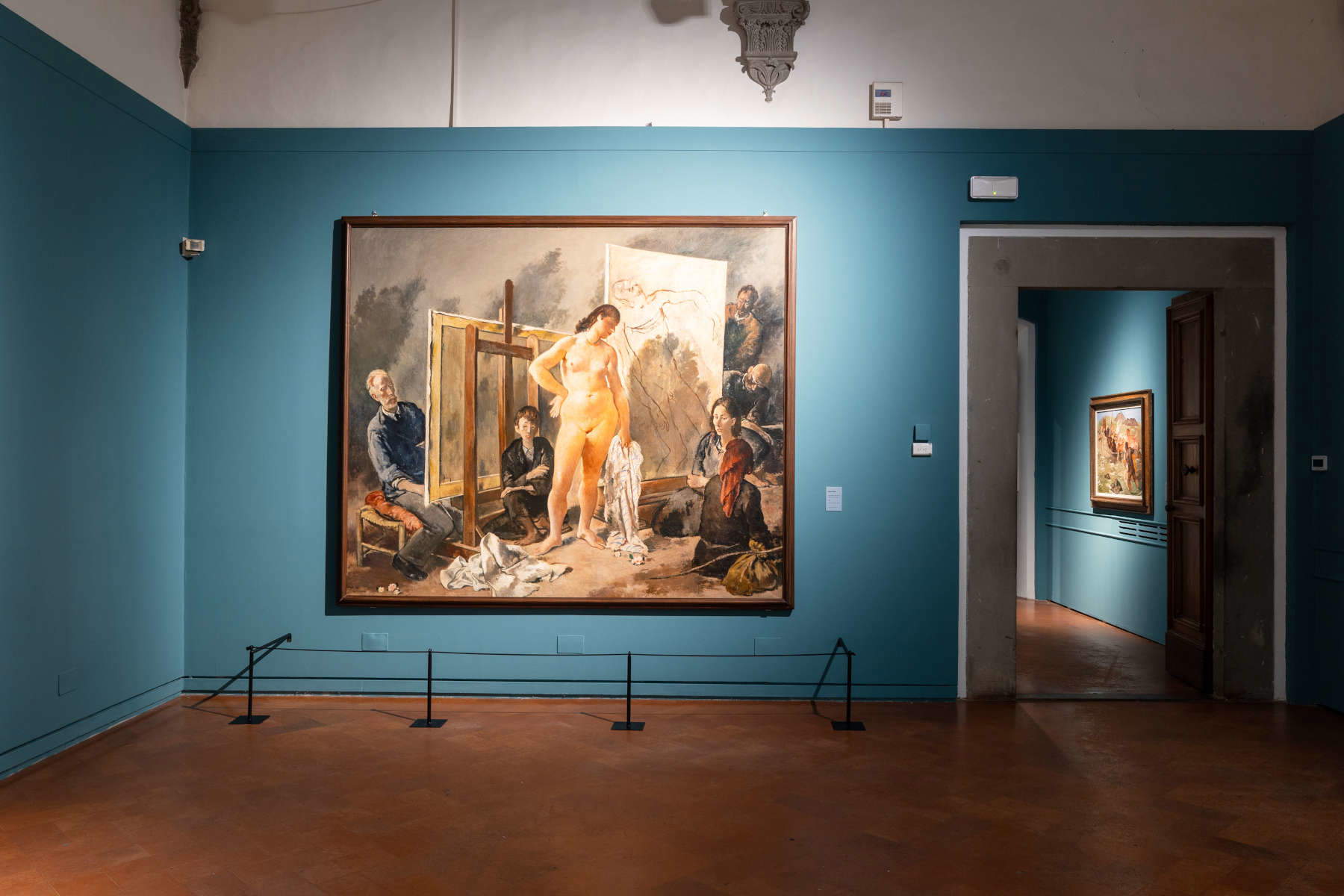
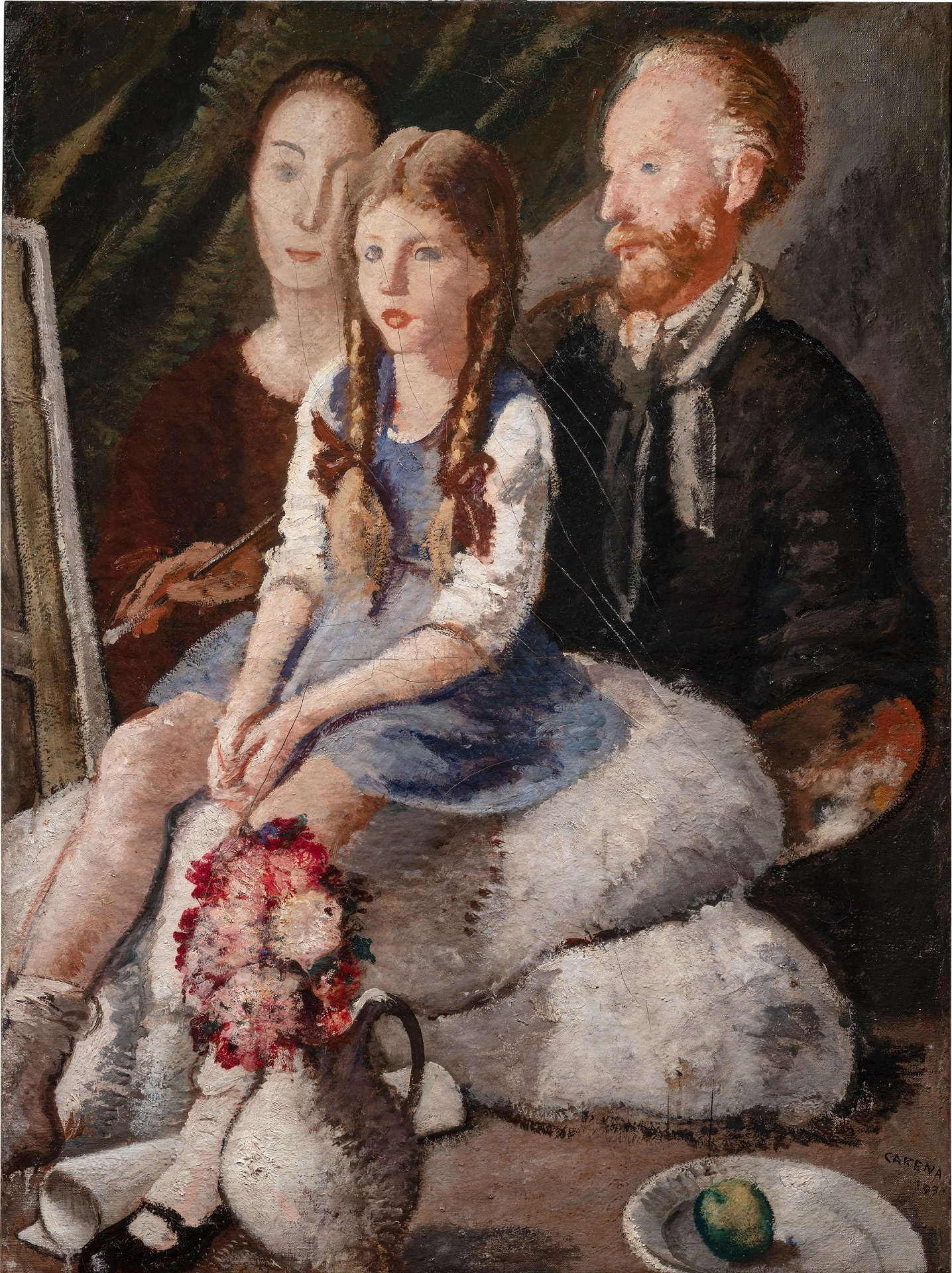
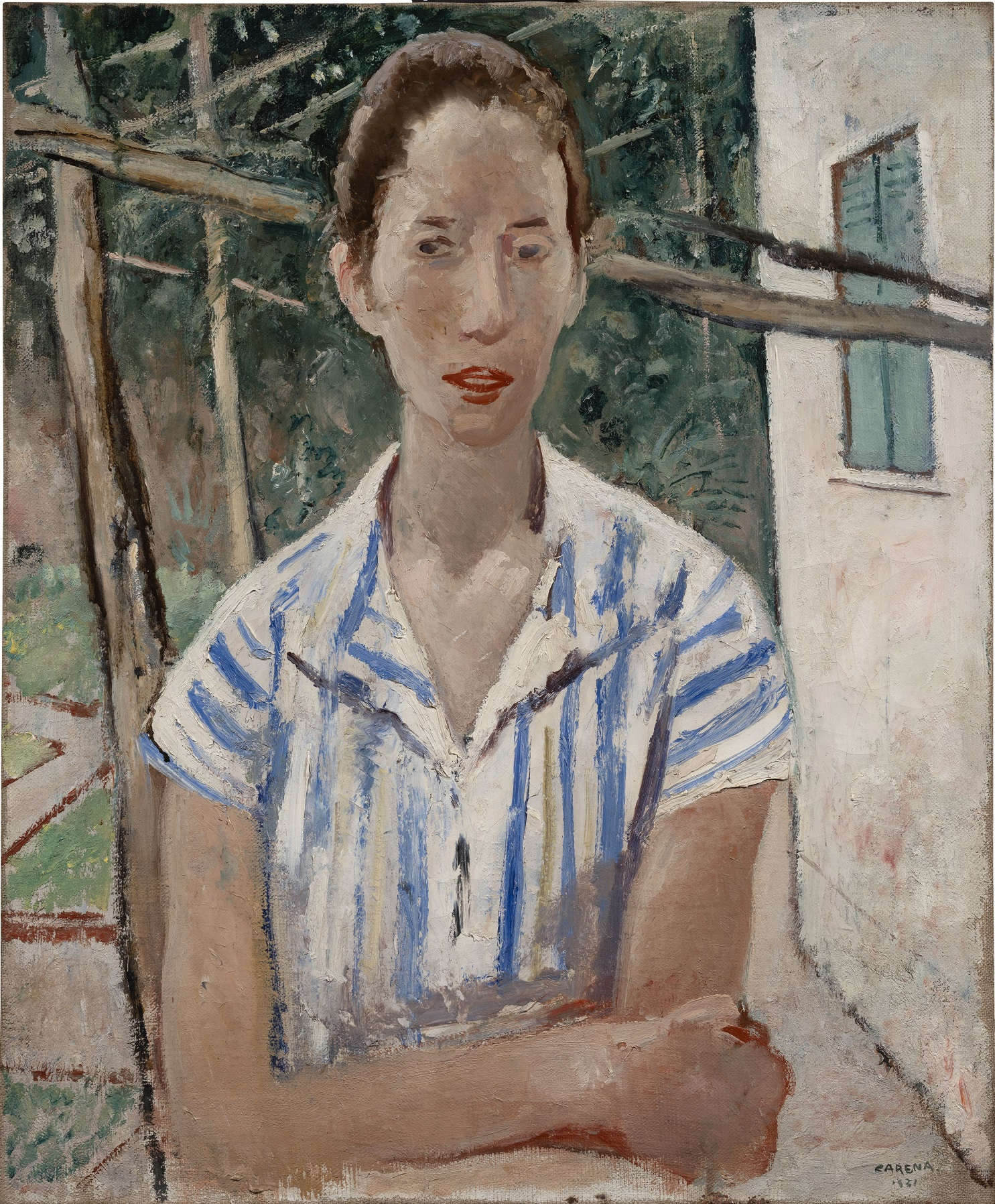
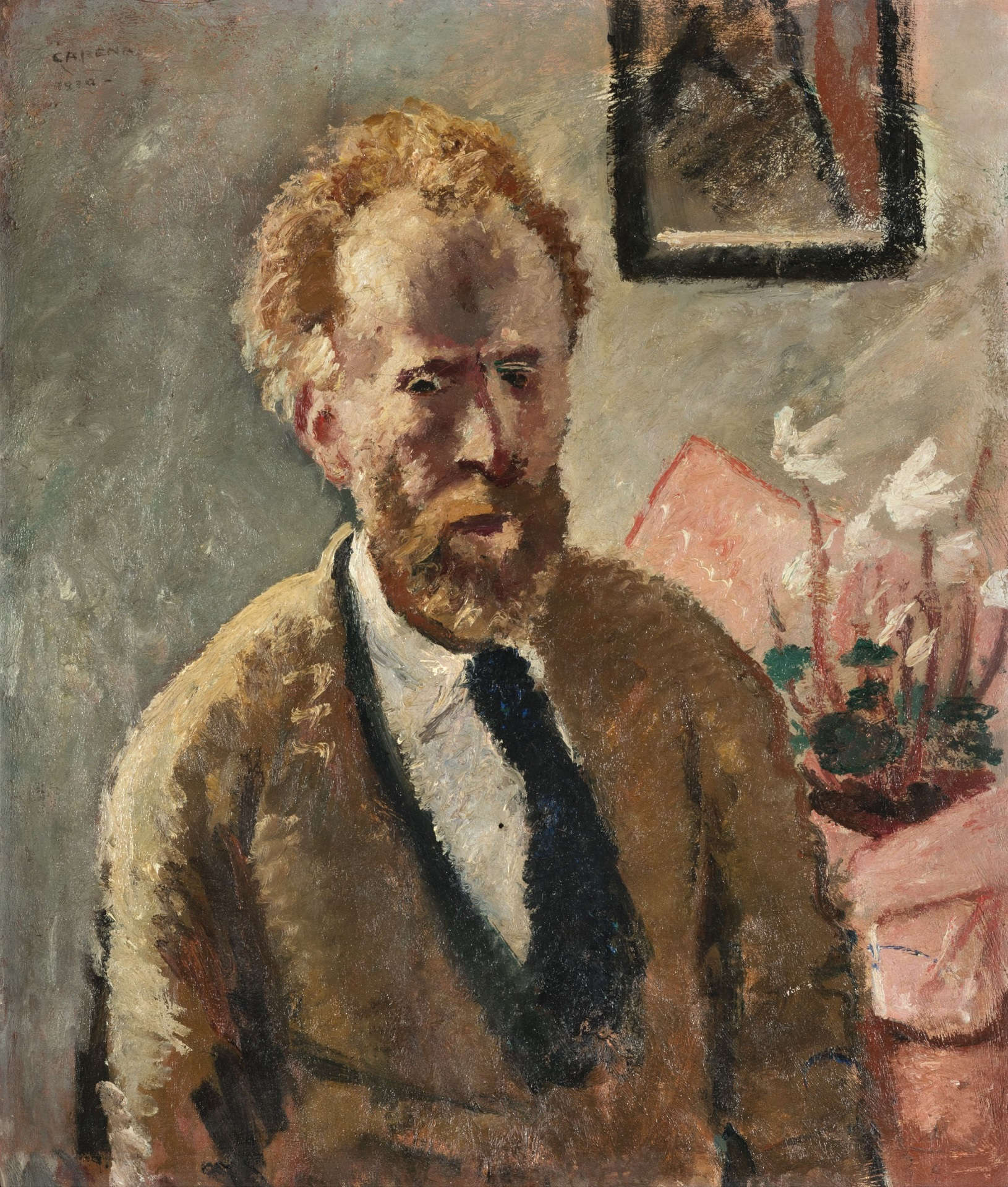
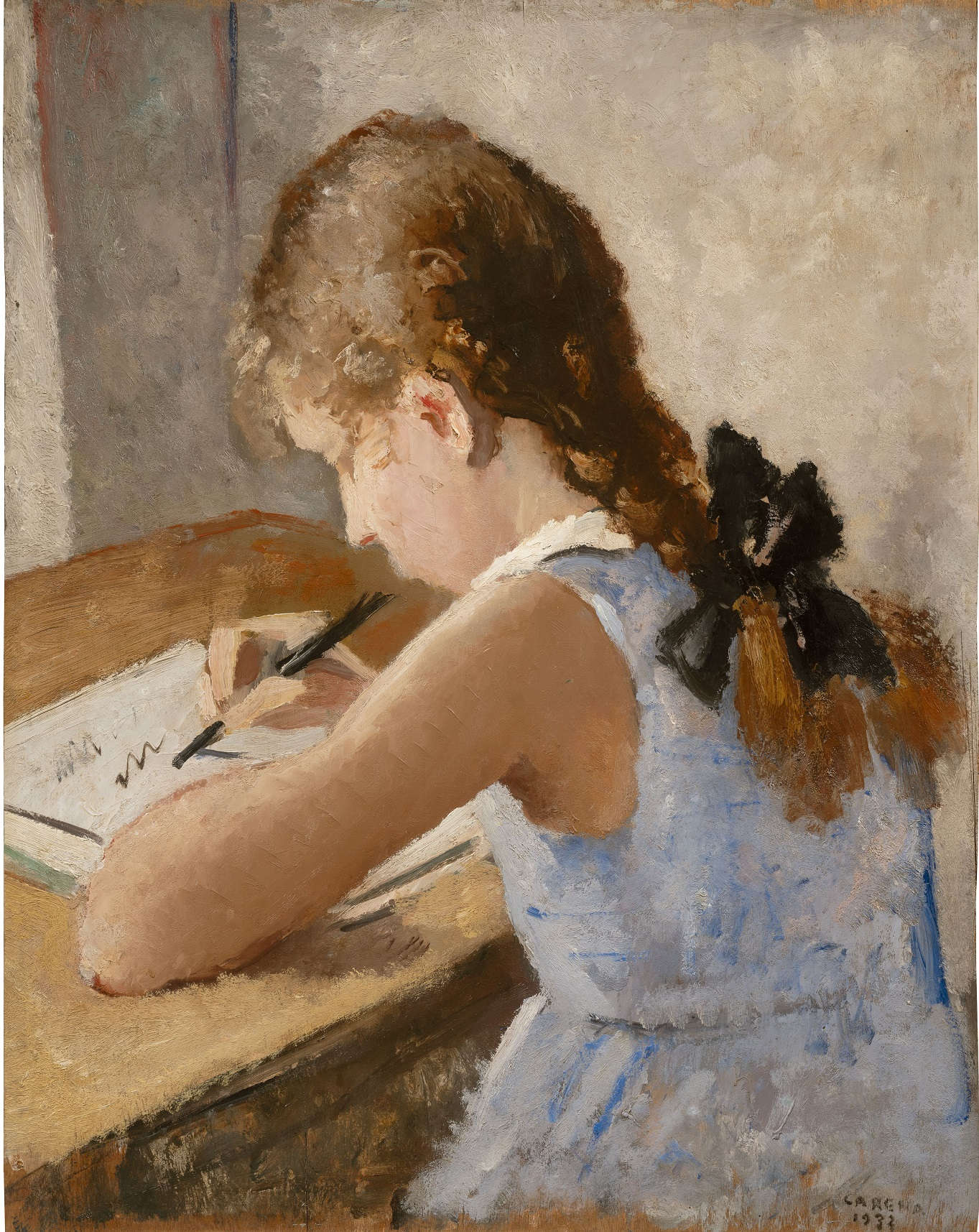
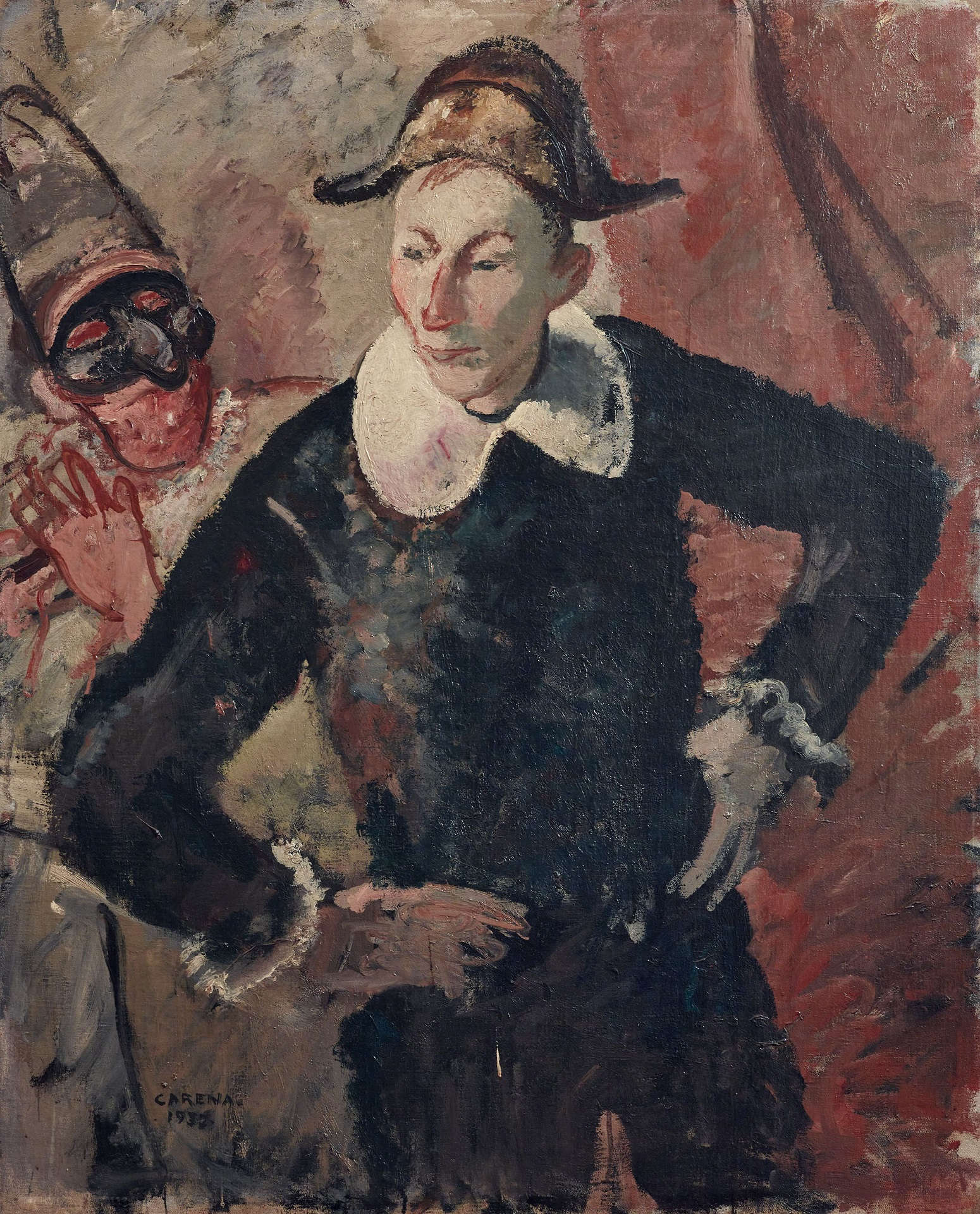
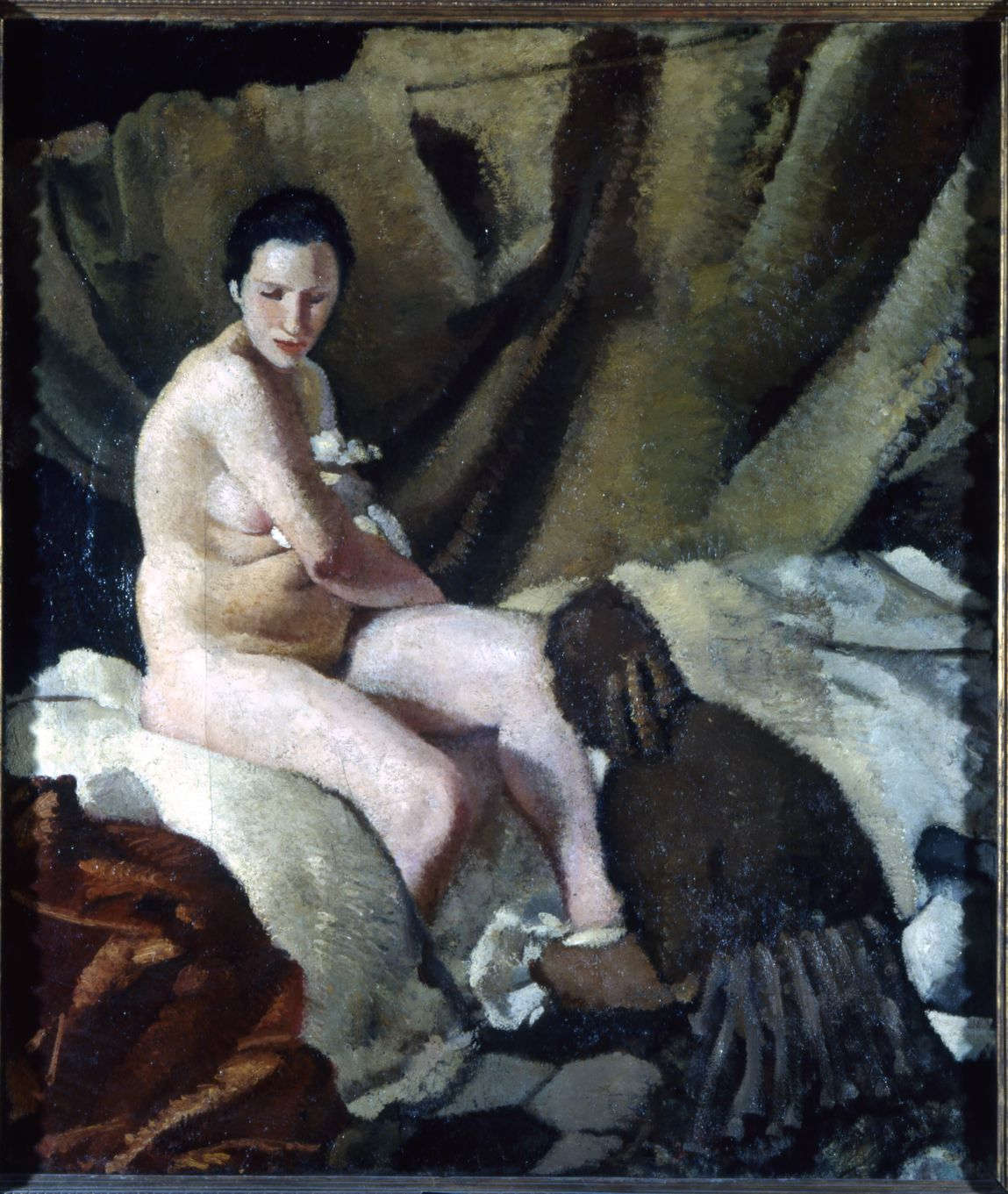
“The Metropolitan City is particularly proud to host, this exhibition and to propose it,” says Florence Metropolitan City Mayor Sara Funaro. “We are not in the presence of a rediscovery but of a very rich and reasoned offer for the production of Felice Carena, who in Florence and beyond was an authoritative reference for so many artists. This exhibition is an opportunity to reconstruct a path and assimilate a great lesson from a master who really lived in painting.”
“It is an important project, built around the figure of an artist and a master of the Italian twentieth century who was able to illuminate with his painting the forms of reality, questioning and questioning us about the mysteries contained in them,” explains Valentina Zucchi, scientific director of Palazzo Medici Riccardi. “The exhibition, which sees at our side the Accademia di Belle Arti of Florence, thanks to whose invitation Carena came to Florence in 1924, giving rise to an artistic season full of masterpieces and awards, stands as an important recognition of his figure a century after that transfer. The year 2024 thus stands as the Carenian year par excellence, our Florentine project being in continuity with the fine exhibition at the Gallerie d’Italia in Milan in recent months. Of particular value, artistic and human, is the contribution that the Carena family has generously offered, allowing all of us to admire, in addition to the most famous paintings, numerous unpublished works; to them goes our gratitude.”
“Carena resolves to paint ordinary things, female and male figures, objects and flowers, countries; but ordinary things become exceptional when they are bathed in strong emotions, a note of surprise, the astonished sense of apparition,” explains curator Luigi Cavallo.
"Meanwhile, the artist approaches the Solaria magazine group, which comes out in January 1926. Of the monthly magazine, which publishes Saba, Svevo, Ungaretti, Montale, Gadda, Carena is especially interested in the appeal to the values of humanity in art," writes Elena Pontiggia in the catalog.
 |
| Two exhibitions in Florence to celebrate Felice Carena, protagonist of the Italian twentieth century |
Warning: the translation into English of the original Italian article was created using automatic tools. We undertake to review all articles, but we do not guarantee the total absence of inaccuracies in the translation due to the program. You can find the original by clicking on the ITA button. If you find any mistake,please contact us.